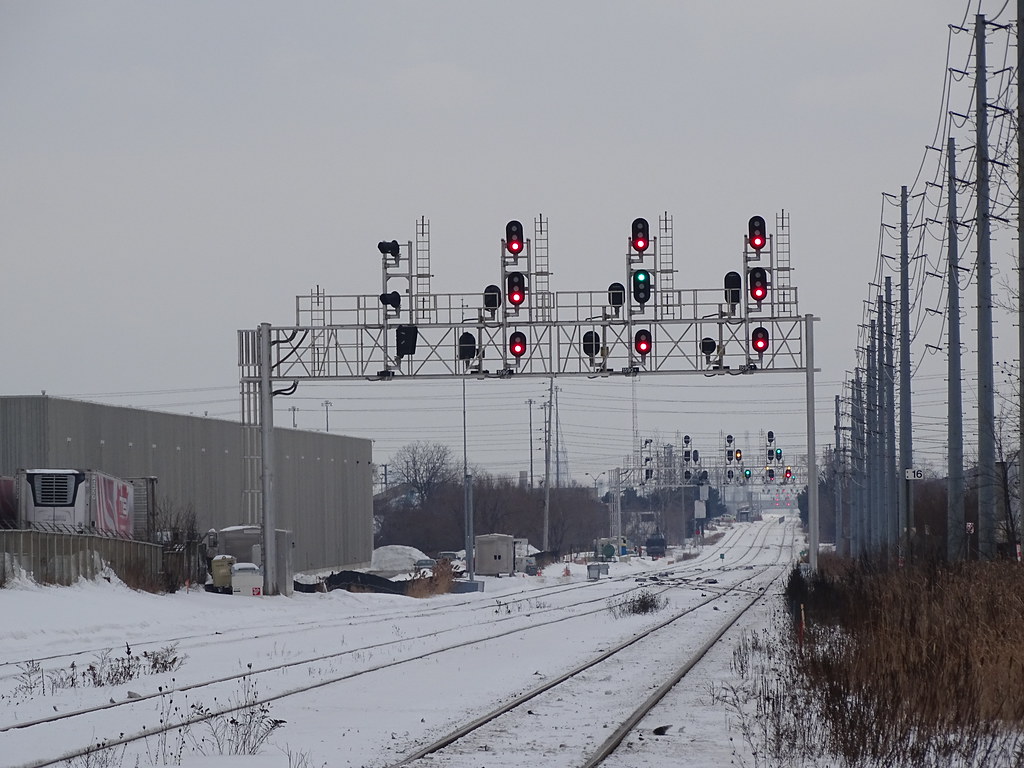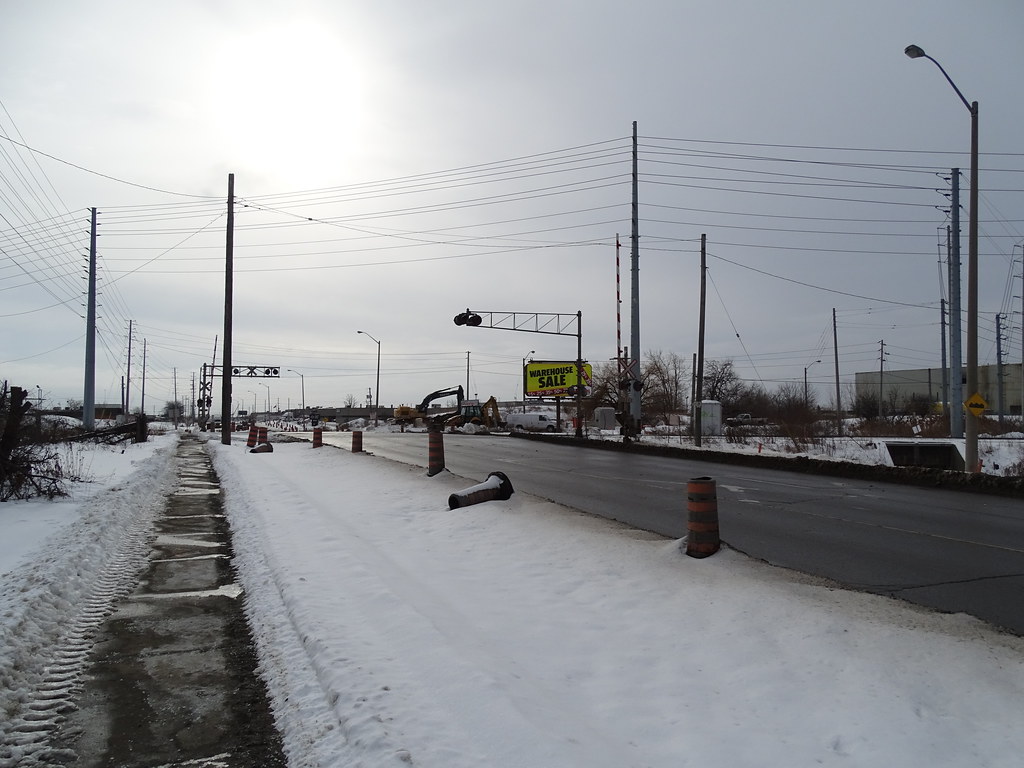February 13, 2015
Multi-year agreement will see CIBC help improve traveller experience on new train link
Union Pearson Express (UP Express) and CIBC (TSX: CM) (NYSE: CM) today announced a strategic partnership that will see the bank provide innovative services that will enhance the travel experience for riders of the new express rail service between Union Station and Toronto Pearson International Airport, opening this spring.
"We are proud to be a Founding Partner in this legacy project that will greatly improve Toronto’s transit service and provide an important train link from the city core to the airport," said Stephen Forbes, CIBC’s Executive Vice-President of Brand, Corporate and Client Relationships.
"With more than 2.5 million people expected to use UP Express annually, we see this strategic partnership as an extension of our collaboration with the Greater Toronto Airports Authority and a further opportunity to bring value to our clients and travellers by enhancing their banking and air travel experience."
"CIBC brings its significant knowledge of what travellers need and want, as well as a history of innovation, to our partnership," noted Kathy Haley, President of UP Express. "This is more than just financial support – it is a strategic partnership based on mutual benefits and a shared vision of contributing to the Greater Toronto and Hamilton Area."
"As a division of Metrolinx, our goal is to improve the transportation and transit network in our region, specifically by creating a faster, more convenient and reliable choice for getting to the airport from downtown. This partnership strengthens our ability to achieve that aim."
Under the innovative agreement, CIBC will have exclusivity in offering and marketing its financial services directly to air travellers, as part of an overall focus to enable its clients to bank when, where and how they want.
In return, UP Express will be able to offer improved services and amenities that will enhance the traveller experience:
CIBC will provide travellers with access to Canadian and foreign cash through multi-currency ATMs at UP’s stations at Union and Pearson.
The "CIBC UPstairs" lounge at Union Station will provide travellers with a chance to meet colleagues and friends, and to relax or recharge before or after their trip.
CIBC will sponsor the Wi-Fi service aboard UP Express trains and at its stations, helping travellers stay connected while they travel.
"CIBC is thrilled to be part of a world class option for passengers travelling between Canada’s two busiest transportation hubs," stated Forbes.
"CIBC’s involvement is a major vote of confidence from the business community, and a reflection of their high interest in UP Express," said Haley. "This is the first of several partnerships we will be announcing with national and local companies to help us offer more services and amenities for air travellers."





